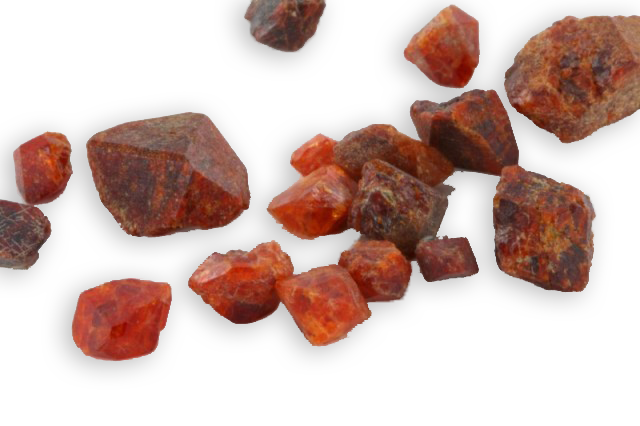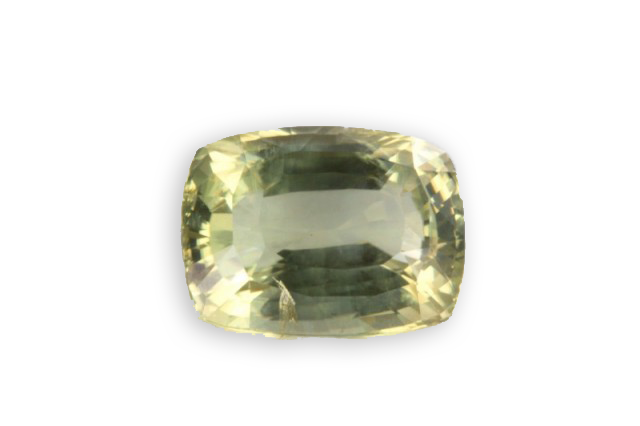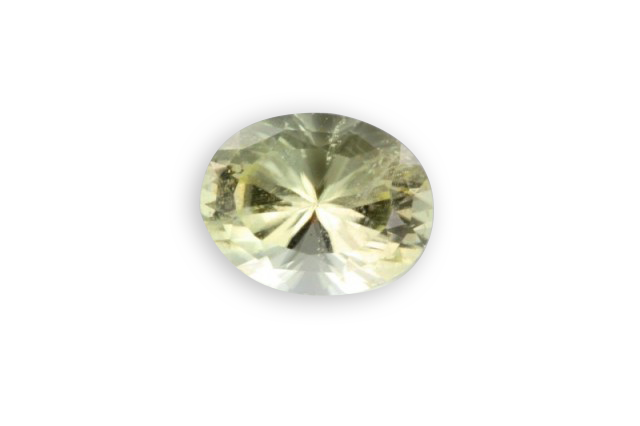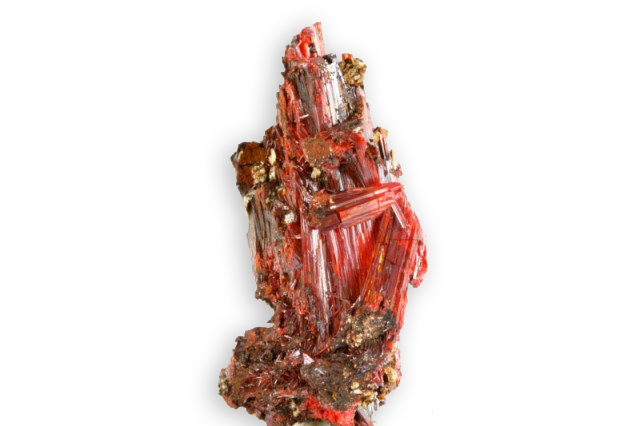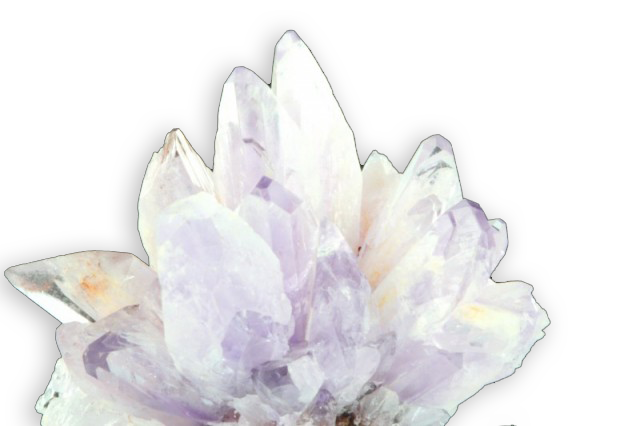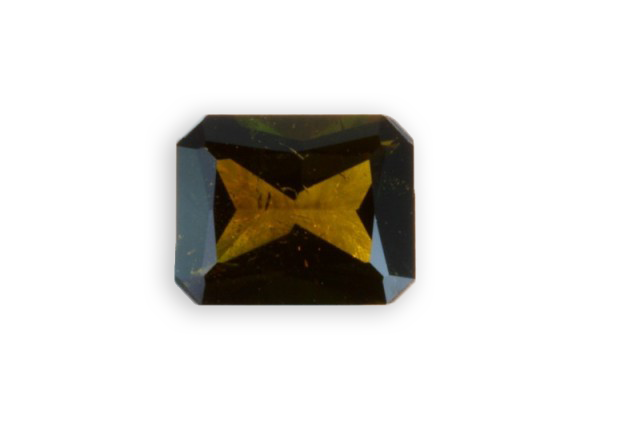
epidote
Its name comes from the Greek “epidosis” for generous, that lives largely, referring to its crystalline form, which is a juxtaposition of numerous slender prisms. Its former name, pistachite, was referring to its color. There are several varieties: The variety clinozoisite, is a dimorph of

